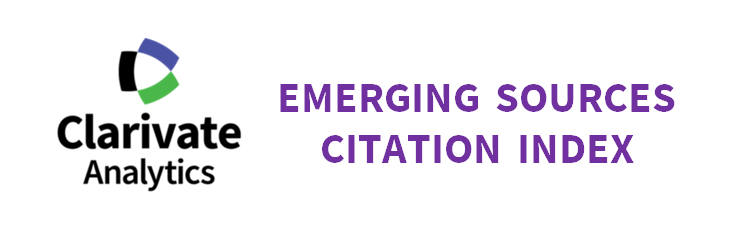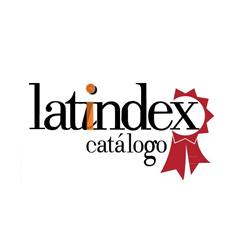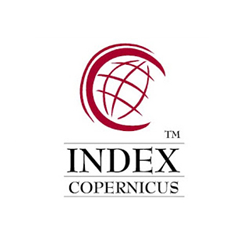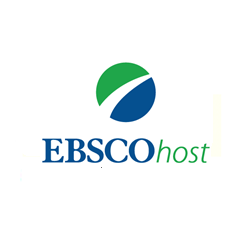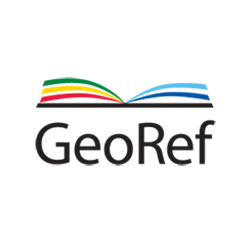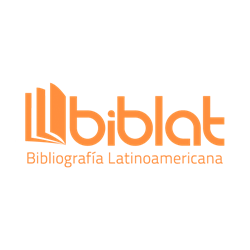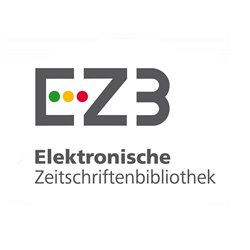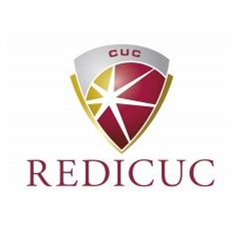Submissions
Submission Preparation Checklist
As part of the submission process, authors are required to check off their submission's compliance with all of the following items, and submissions may be returned to authors that do not adhere to these guidelines.- The submission is original and has not been previously published nor has it been simultaneously submitted to any other journal.
- The submission file is in Microsoft Word format.
- All references contain complete and verifiable bibliographical information, including a DOI identifier or an URL. Only the sources mentioned in the text are included in the list of references.
- The text complies with all format and presentation guidelines mentioned in the Authors Guidelines. All illustrations, figures, and tables are correctly placed and in the description is clearly stated its source.
- The submission file complies with the Instructions to Ensure an Anonymous Review.
- The complementary documents requested in the section of Guidelines for Authors (Letter of Originality, Information of Authors and Information of the Research Project) will be attached to the submission in the next steps (Complementary files).
- In the next steps (Complementary files) the complementary documents requested in the Guidelines for Authors section (Letter of Originality , Author Information and Research Project Information).
Copyright Notice
Published papers are the exclusive responsibility of their authors and do not necessary reflect the opinions of the editorial committee.
INGE CUC Journal respects the moral rights of its authors, whom must cede the editorial committee the patrimonial rights of the published material. In turn, the authors inform that the current work is unpublished and has not been previously published.
All articles are licensed under a Creative Commons Attribution-NonCommercial-NoDerivatives 4.0 International License.
Privacy Statement
The names and email addresses entered in this journal site will be used exclusively for the stated purposes of this journal and will not be made available for any other purpose or to any other party.


 English
English
 Español (España)
Español (España)
